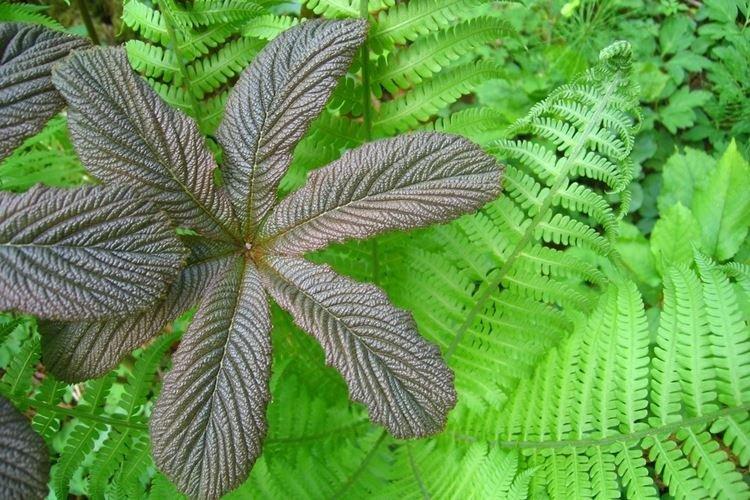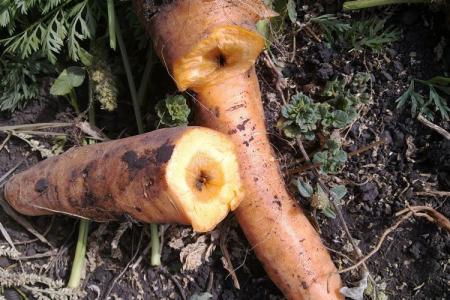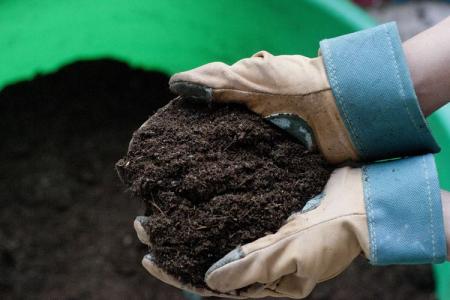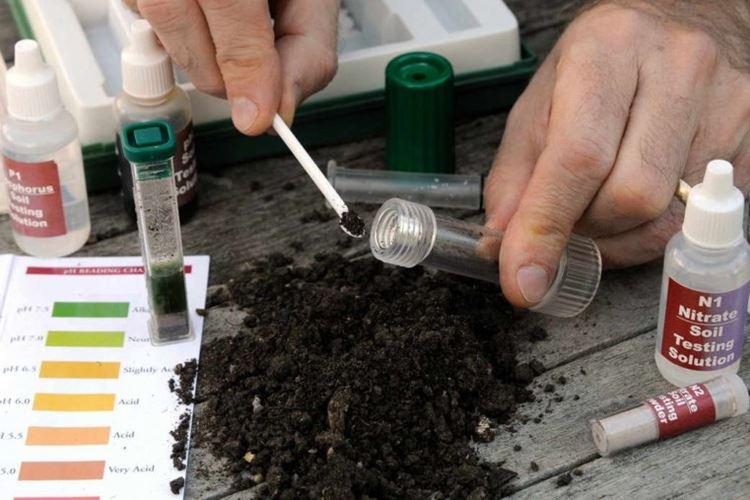
The quality of the crop is influenced not only by the sun, watering and fertilization, but also by far less obvious factors. Due to the composition of the soil, chemical processes change, and some fertilizers do not work at all as you expect. High acidity is also harmful to microorganisms that provide fertility and structure. Specially found out how and how to deacidify the soil in the garden in the spring!
Determination of soil acidity
Increased rates can be suspected for indirect reasons. For example, if there is a lot of sorrel, horsetail, woodlice, moss or other "sour" weeds everywhere. At the same time, vegetable and fruit crops wither, grow poorly and give a poor harvest.
Litmus test
The easiest and most accurate way to determine the acidity of the soil is using a litmus test - you do not need to be a chemist for this. For research, take a spoonful of earth from different places to get an objective picture. Wrap the handfuls in a cloth and fill them with clean water in equal amounts. Five minutes later, dip the litmus into each bowl and use the scale to determine the result.
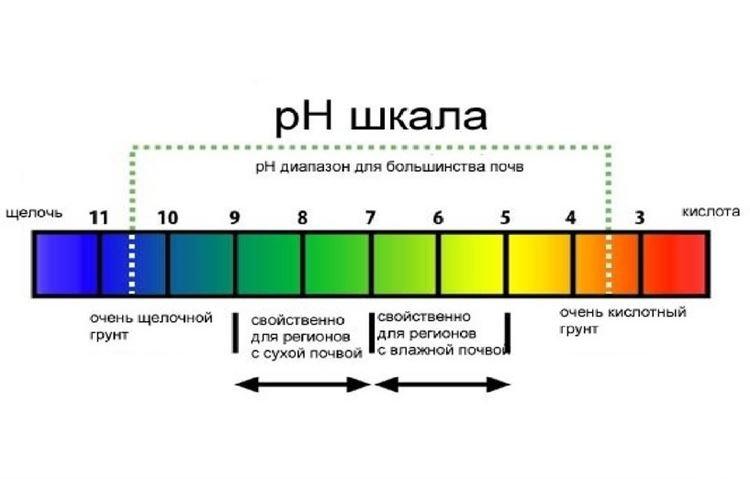
Beet tops
An interesting folk method is a beet indicator, because the color of its tops works no worse than litmus. Red leaves grow on acidic soil, green with burgundy veins - on slightly acidic, and green - on neutral.
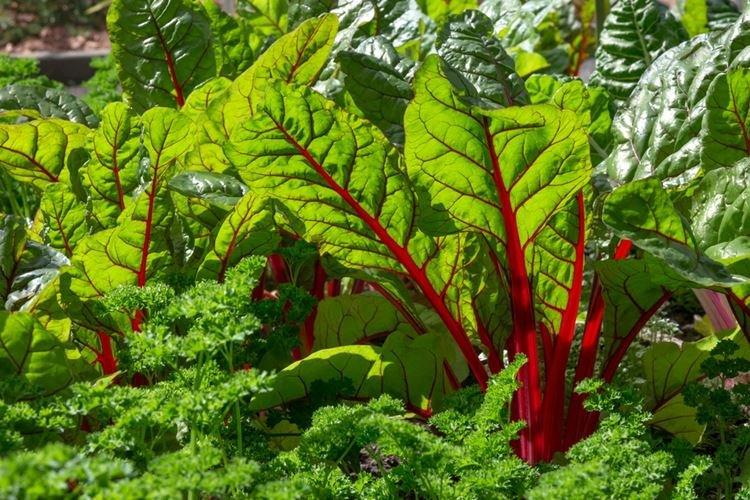
Vinegar
Take a neutral glass container (not metal), pour a spoonful of soil and drops into it with the usual 9% vinegar. The principle is the same as with extinguishing soda during cooking. The abundance of foam indicates an alkaline reaction, which means that the soil is alkaline. Nothing foams or bubbles - it means that the land on the site is acidic.
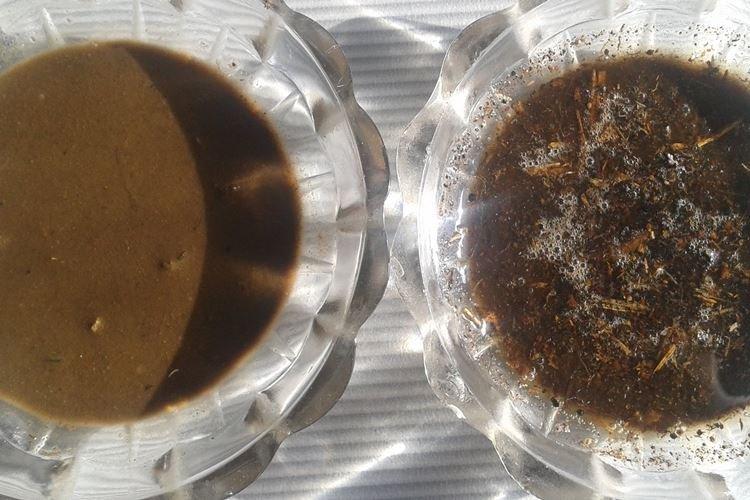
When is the best time to deoxidize the soil?
The soil on the site can be deoxidized in the spring before planting or in the fall after harvesting. It is better to carry out the procedure twice, because during the year, under the influence of fertilizers, rain and other external factors, the pH values change, so they need to be monitored regularly. Especially in spring, when nitrogen fertilizers are actively used to build up green mass.
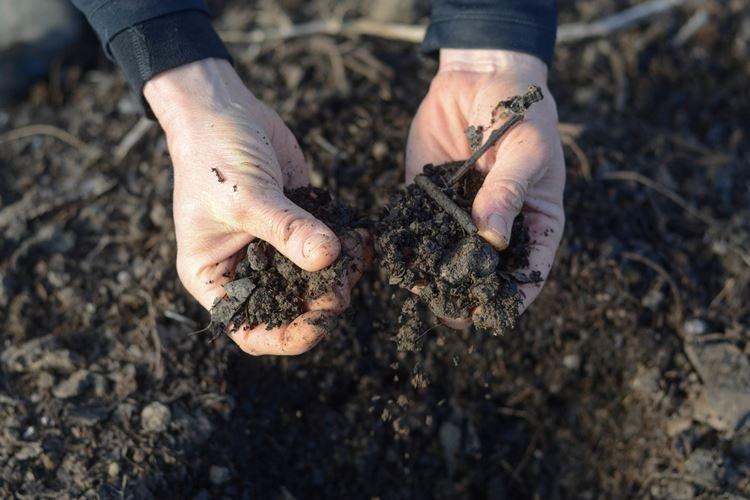
How to deoxidize the soil in the garden
Soil deacidification is a much simpler process than the name suggests. You do not need any chemicals and special additives, because the most common components are used - ash, lime, chalk. Most of them you either have at home or you can buy them in hardware stores.
Ash
Ash is not for nothing considered a good fertilizer and it is recommended to add it to the soil after nitrogen. But keep in mind that you will need a lot of it, and the mineral composition varies depending on what kind of wood is burned. For example, the amount of calcium sometimes differs by half.
To cope with the high acidity of the soil, you will need a lot of ash - up to one and a half kilograms per square. And if it is ash from grass - then twice as much. Therefore, we recommend using it not for treatment, but as a useful prophylactic agent in order to prevent acidification of the neutral soil.
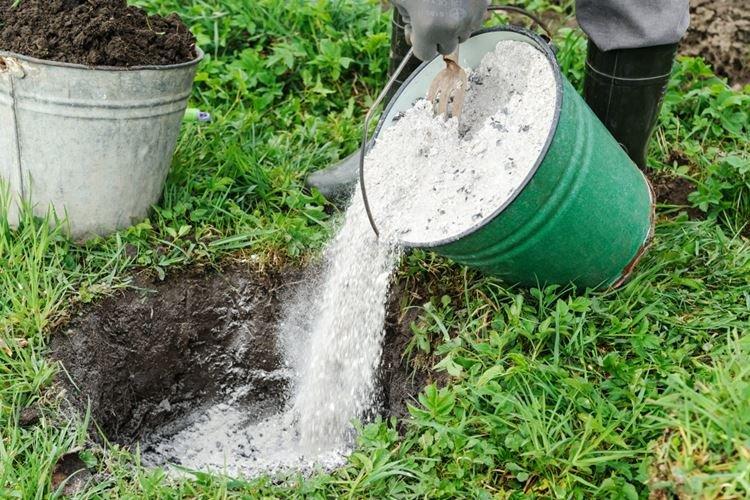
Lime
Lime deoxidation is the most common and most effective method. It is used in different variations: slaked (fluff), key, ground limestone, drywall. You can not use only clean quicklime, because it crumbles and accumulates in the soil.
Lime is quite aggressive and has a bad effect on the content and assimilation of phosphorus. Therefore, it is more often used in the fall, so that natural processes have time to stabilize. But in the spring it works quickly, so we recommend that it be applied under fast-growing crops, such as cucumbers and tomatoes.
Fluff is applied at 200-500 g per square, the higher the acidity of the soil, the more. Ground limestone - from 200 to 400 g if it is light loam and sandy loam, or from 350 to 600 g if it is medium or heavy soils.Lime should not be applied along with manure, because due to the reaction, so much nitrogen is released that it will harm the seedlings.
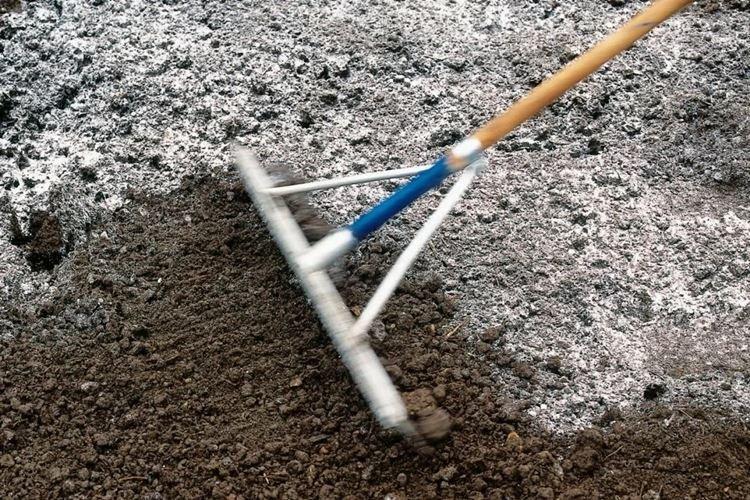
Gypsum
Gypsum has one significant advantage over other deoxidizers. It begins to act directly under the influence of acid, not water. Gypsum immediately lowers the acidity of the soil and "freezes" until it increases again. Then he "wakes up" and starts acting again.
On a weakly acidic area, you need 100-200 g per square, on a medium acid area - 300, and on an acidic area - 400 g. Be sure to evenly distribute the powder and then dig up the ground. This is a rather gentle method that does not directly affect the seedlings.
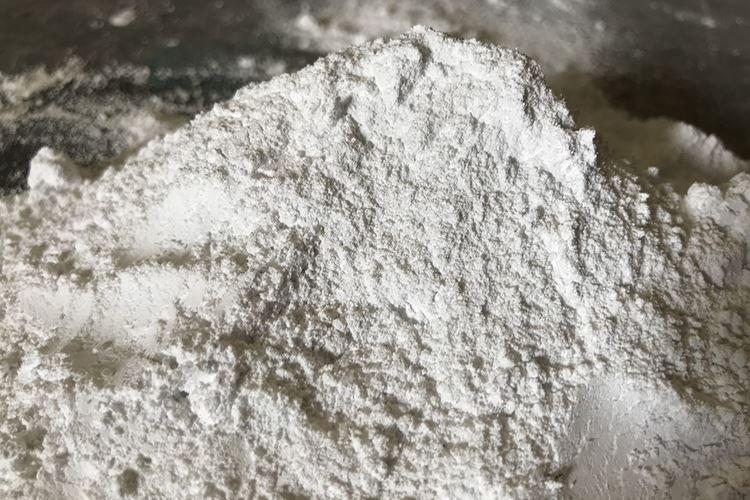
Soda
Soda is a very popular folk recipe, but experienced gardeners do not recommend using it all the time. Sodium accumulates in the soil and directly affects seedlings and crops. Therefore, use baking soda only as a one-time emergency measure if you need to fix the situation urgently.
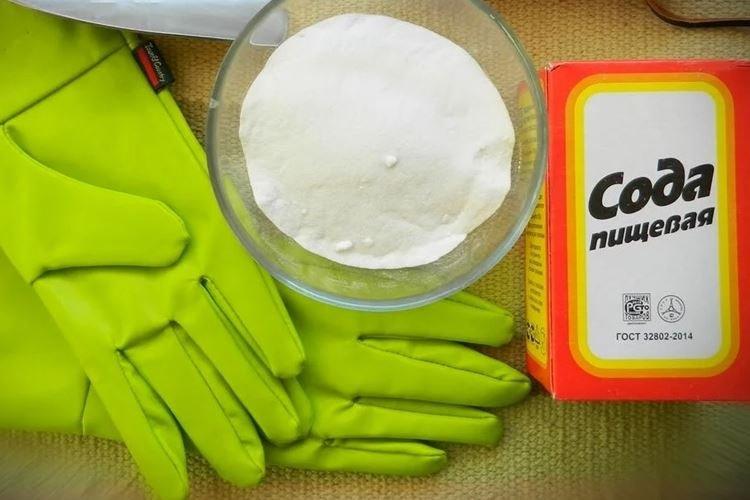
Dolomite flour
Dolomite is not inferior to lime in terms of efficiency, but it is much more convenient to work with it and it contains magnesium. It is applied in the spring just before planting or in season as needed. Dolomite flour is especially good for heavy clay soils, because it loosens them and improves the structure. Consumption - from 300 to 500 g per square, depending on the level of acidity.
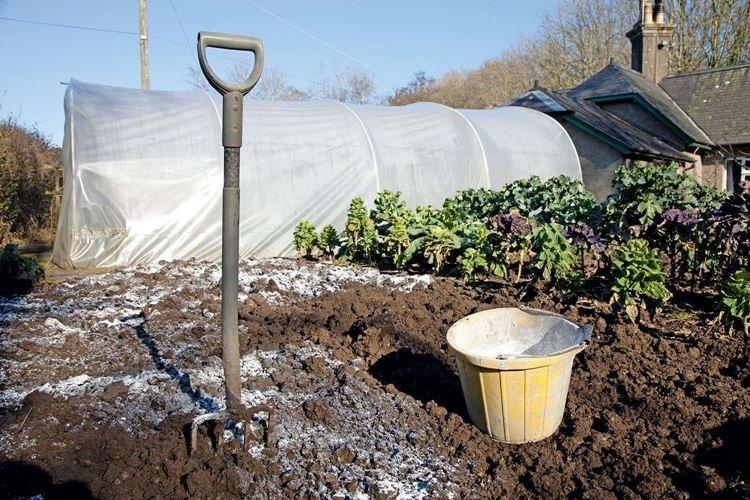
a piece of chalk
Chalk is a simple and cheap material, but more difficult to work with. It is too sensitive to moisture and requires special storage conditions. It needs to be mixed very carefully into the soil so that nothing clumps into lumps, and the texture is uniform. But it contains calcium and can be used at any time of the year. Consumption - from 200 to 700 g per square.
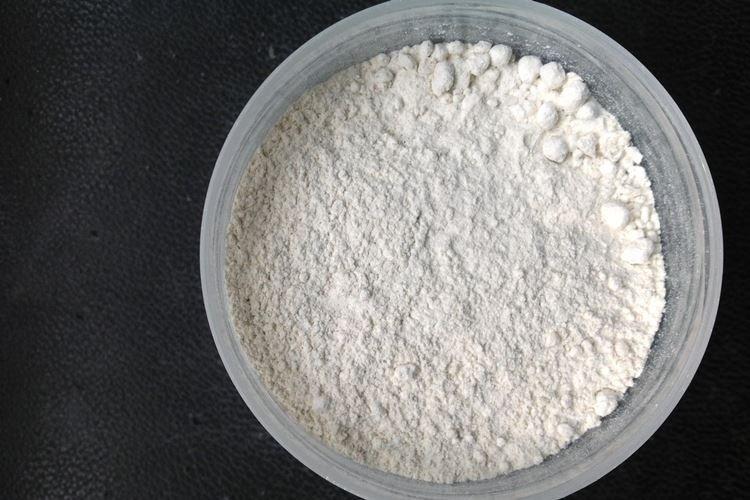
Green manure plants
Some plant species are a good deoxidizer in and of themselves because they lower the pH level. They are called siderates and are planted in early spring before the main crop is sown. Such crops include lupine, peas, phacelia, mustard, alfalfa and sweet clover. Many of them additionally repel parasites and pests: especially mustard.
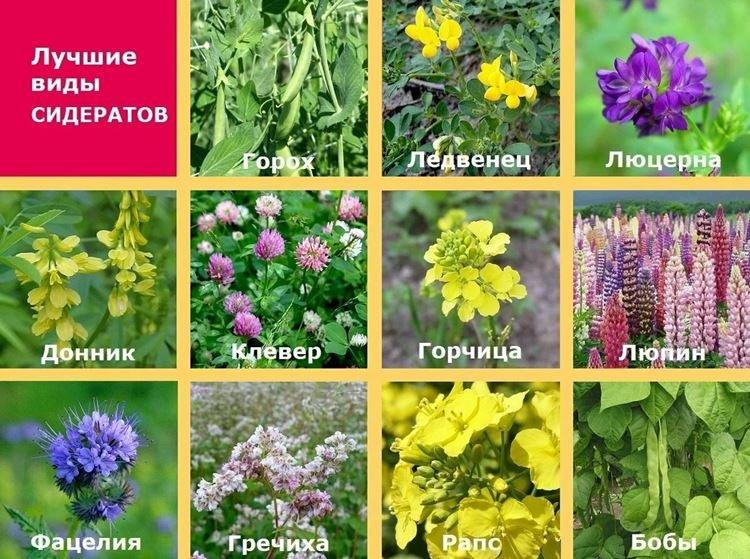
Ready-made preparations
The stores have specialized preparations for soil deoxidation. They are also good in spring because they help to quickly put the soil in order before planting. Basically, these are products based on humus and lime with additional beneficial trace elements.
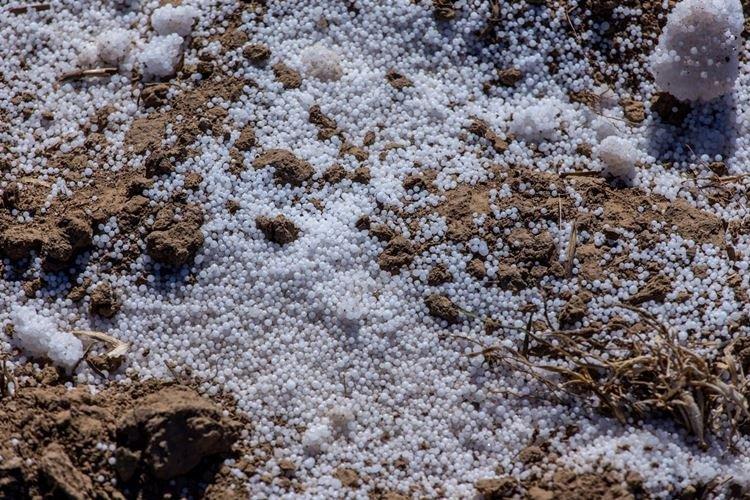
What plants love acidic soil
Most horticultural crops do not tolerate acidic soil, but most are not all. In the garden, an apple tree, a Japanese quince and many berries calmly treat him. For example, lingonberry, raspberry, blueberry, blueberry, dogwood, strawberry, or cranberry.
Birch trees, which are generally extremely unpretentious to problem soils, like high acidity. They are also conifers, ferns, heather, rhododendron, hydrangeas and azaleas. Moderately acidic soil is suitable for potatoes, carrots, tomatoes, pumpkins, turnips, radishes, sorrel and chicory.
